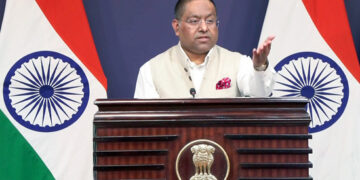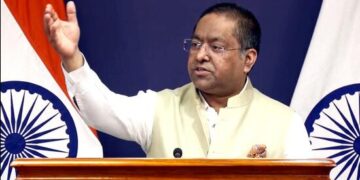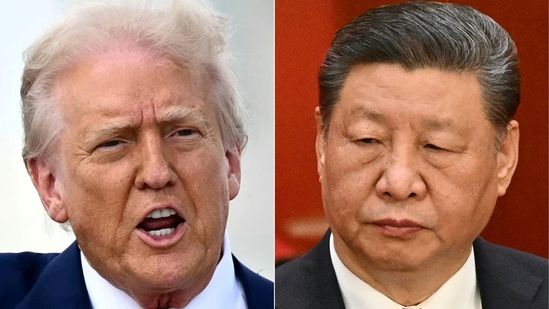Amid rising economic tensions between the United States and China, Beijing has announced a sharp retaliatory move against Washington’s latest tariff hike. A day after former President Donald Trump imposed 104% tariffs on all Chinese imports, China responded by raising its own tariffs on American goods to 84%, up from the previously declared 34%. These new tariffs will be effective starting April 10, according to China’s finance ministry.
The move signals a deepening of the ongoing trade war, which has rocked global markets and sparked fears of a prolonged economic standoff between the world’s two largest economies. The announcement led to a noticeable dip in US stock index futures, underscoring investor concern.
In addition to the tariff hike, China’s commerce ministry revealed that it has added 12 American entities to its export control list and labeled six others as part of its “unreliable entity” list, tightening its grip on American access to Chinese goods and resources.
Reacting to China’s retaliatory steps, US Treasury Secretary Scott Bessent called the move “unfortunate” and urged Beijing to resume talks. “We ask China to come to the table and resolve this responsibly,” he said.
Trump had earlier justified his 104% tariff decision as a counter to China’s initial response—a 34% tariff and export controls on rare earth materials crucial for manufacturing electronics and EV batteries. Speaking on his social media platform, Trump claimed, “China played it wrong, they panicked – the one thing they cannot afford to do!”
China, however, appears determined to withstand economic pressure. The commerce ministry declared, “If the U.S. insists on further escalating its economic and trade restrictions, China has the firm will and abundant means to take necessary countermeasures and fight to the end.”
Premier Li Qiang echoed that sentiment, asserting that China has ample policy tools to weather any economic turbulence triggered by US actions. He remained optimistic about China’s growth trajectory in 2025 despite external pressures.
As both nations dig in, the trade war shows no signs of easing, and the world watches closely to see which side will blink first.








 India
India












